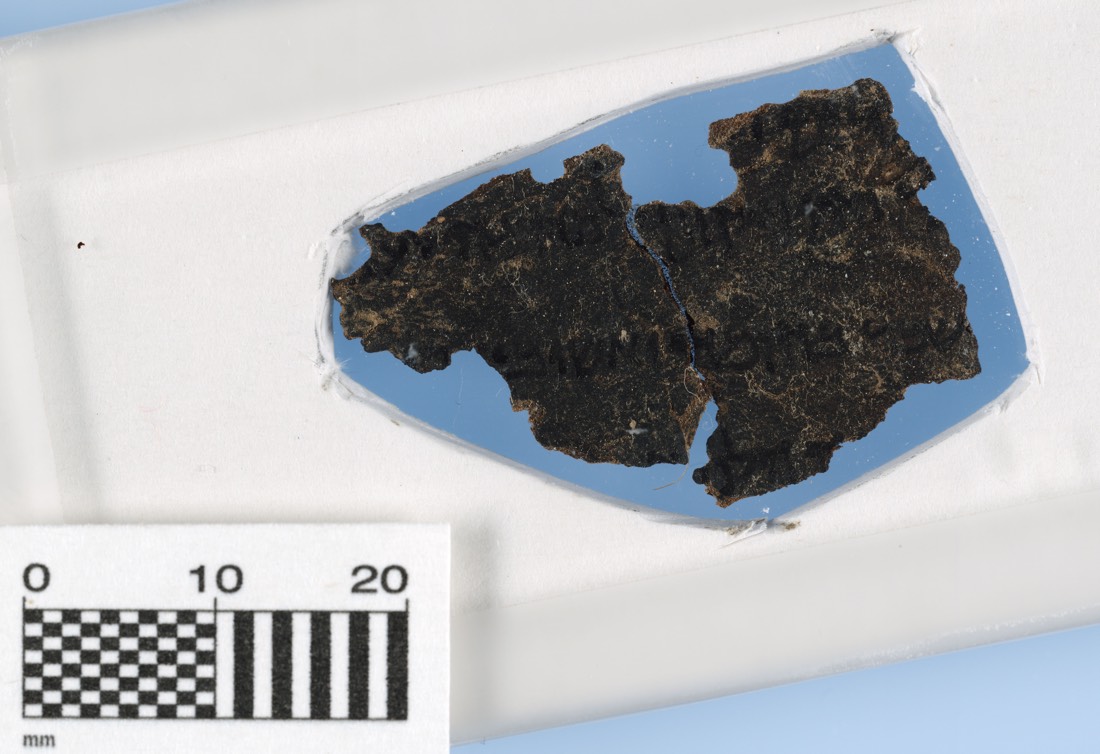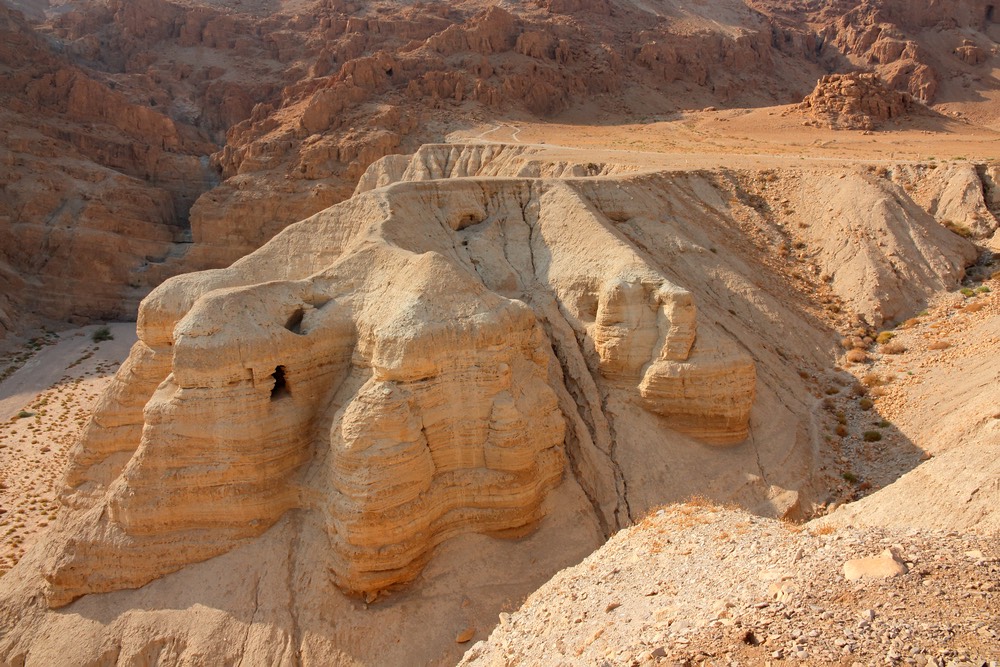In Photos: New Dead Sea Scrolls Revealed
Dead Sea Scroll fragments

Two new books reveal about 25 unpublished Dead Sea Scrolls fragments held in two separate collections. The scroll seen here preserves parts of the Book of Leviticus and is now in the Schøyen Collection. In this fragment God promises that if the Sabbath is observed and the 10 commandments are obeyed the people of Israel will be rewarded. [Read more about the Dead Sea Scrolls finding]
More recently, archaeologists discovered a previously unknown cave in Qumran that would have held fragments of Dead Sea Scrolls, one of which was found inside.
Scorched by fire

This fragment preserves part of the Book of Nehemiah (Nehemiah 2:13-16) and is now in the Museum of the Bible, a 430,000-square-foot museum under construction near the Capitol in Washington, D.C.
No copies of Nehemiah were found by archaeologists in the Qumran caves, making the origins of this fragment a mystery. The fragment describes the return of a man named Nehemiah to Jerusalem after the city had been sacked by the Babylonians. He finds that the city gates had been "scorched by fire."
Book of Genesis

This fragment, now in the Museum of the Bible Collection, preserves part of the Book of Genesis. It tells part of the story of Jacob, a patriarch who, according to legend, the Israeli people are descended from.
[Read more about the Dead Sea Scrolls finding]
Book of Micah

A fragment from the Book of Micah (Micah 1:4–6), which is now in the Museum of the Bible. It describes a punishment that will be inflicted on Judah for the sins of Jacob. Part of the text reads: "The valleys will split open, like wax before the fire; like water poured down a slope…"
Get the world’s most fascinating discoveries delivered straight to your inbox.
Qumran caves

The Dead Sea Scrolls were found by archaeologists and local Bedouin between 1947 and 1956 in caves near the site of Qumran in the Judean Desert near the Dead Sea. The origins of some of the new Dead Sea Scrolls are unknown. While the Bedouin sold some of the scrolls they found to private collectors it’s possible that some of the new fragments are from other caves in the Judean Desert or are modern day forgeries. This image shows some of the caves near Qumran.
Judean Desert

The Israel Antiquities Authority believes that new scrolls are being found by looters in caves in the Judean Desert. In response, a new initiative is being undertaken to search for and excavate any caves that may have scrolls in it to find these scrolls before the looters do. One dig will be starting in December 2016. This photo shows a mountainous area in the Judean Desert.
[Read more about the Dead Sea Scrolls finding]
Qumran Cave

Archaeologists also discovered another Qumran cave that likely held Dead Sea Scrolls, they said. The entrance to the cave near Qumran, Israel, that archaeologists recently discovered is seen, at left, in this image. Most of the scrolls in this cave had been robbed in the mid-20th century, said the researchers, who found modern-day pickaxe heads at the site.
Blank Parchment

he only scroll found in the Qumran cave was blank, though archaeologists believe that in ancient times it was being prepared for writing.
Scroll Jars

Fragments of jars, seen in this image, were found in the cave. Archaeologists believe that they contained scrolls that were robbed in the mid-20th century.
Wrapping scrolls

The remains of cloth that archaeologists believe was once wrapped around a scroll were found in the Qumran cave.

Owen Jarus is a regular contributor to Live Science who writes about archaeology and humans' past. He has also written for The Independent (UK), The Canadian Press (CP) and The Associated Press (AP), among others. Owen has a bachelor of arts degree from the University of Toronto and a journalism degree from Ryerson University.


